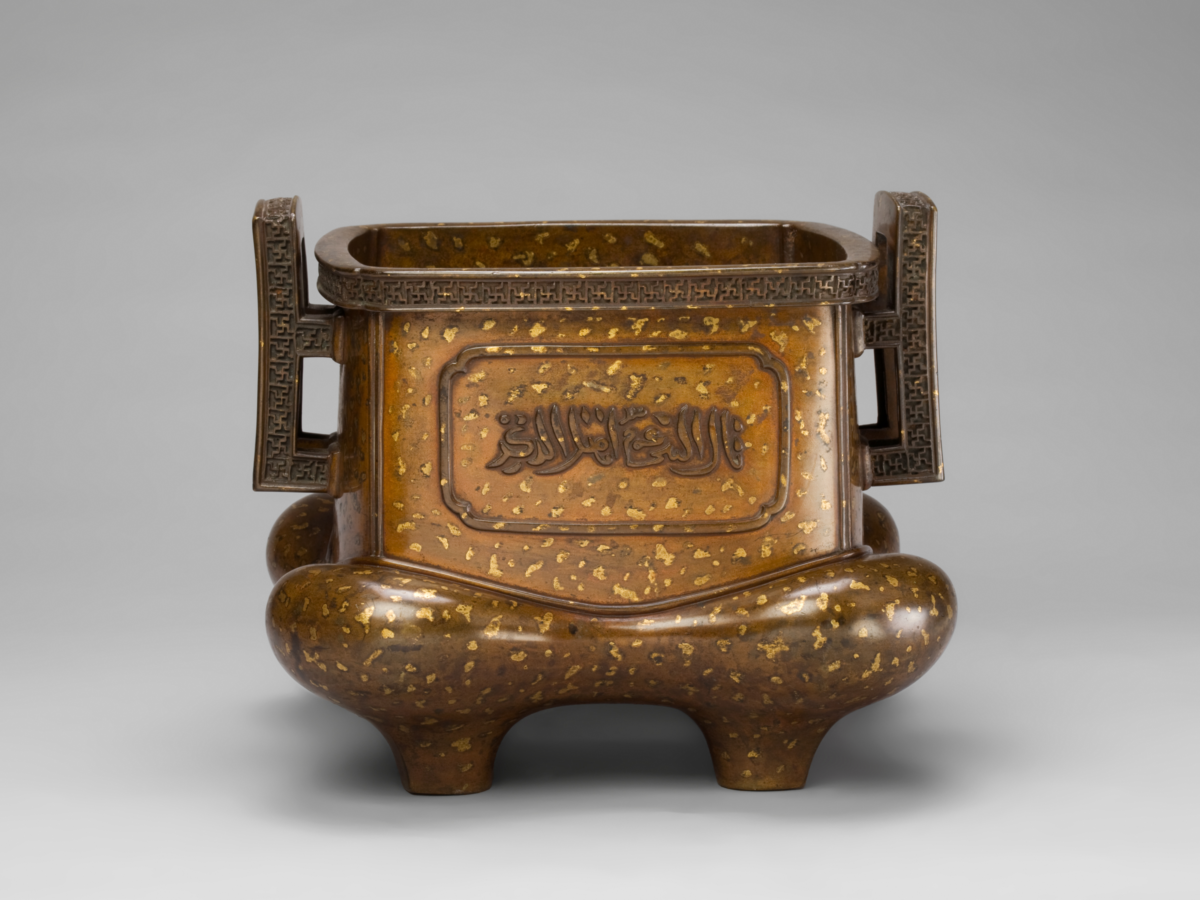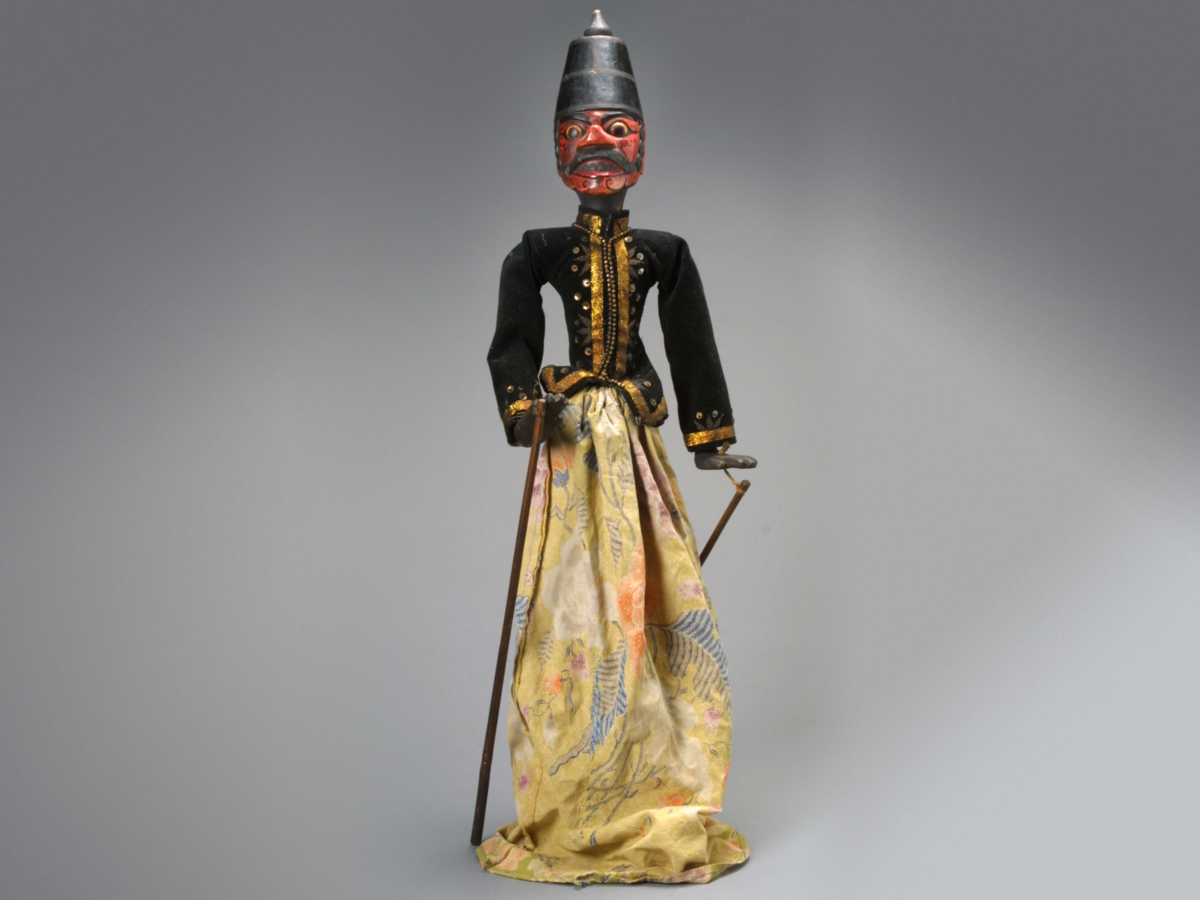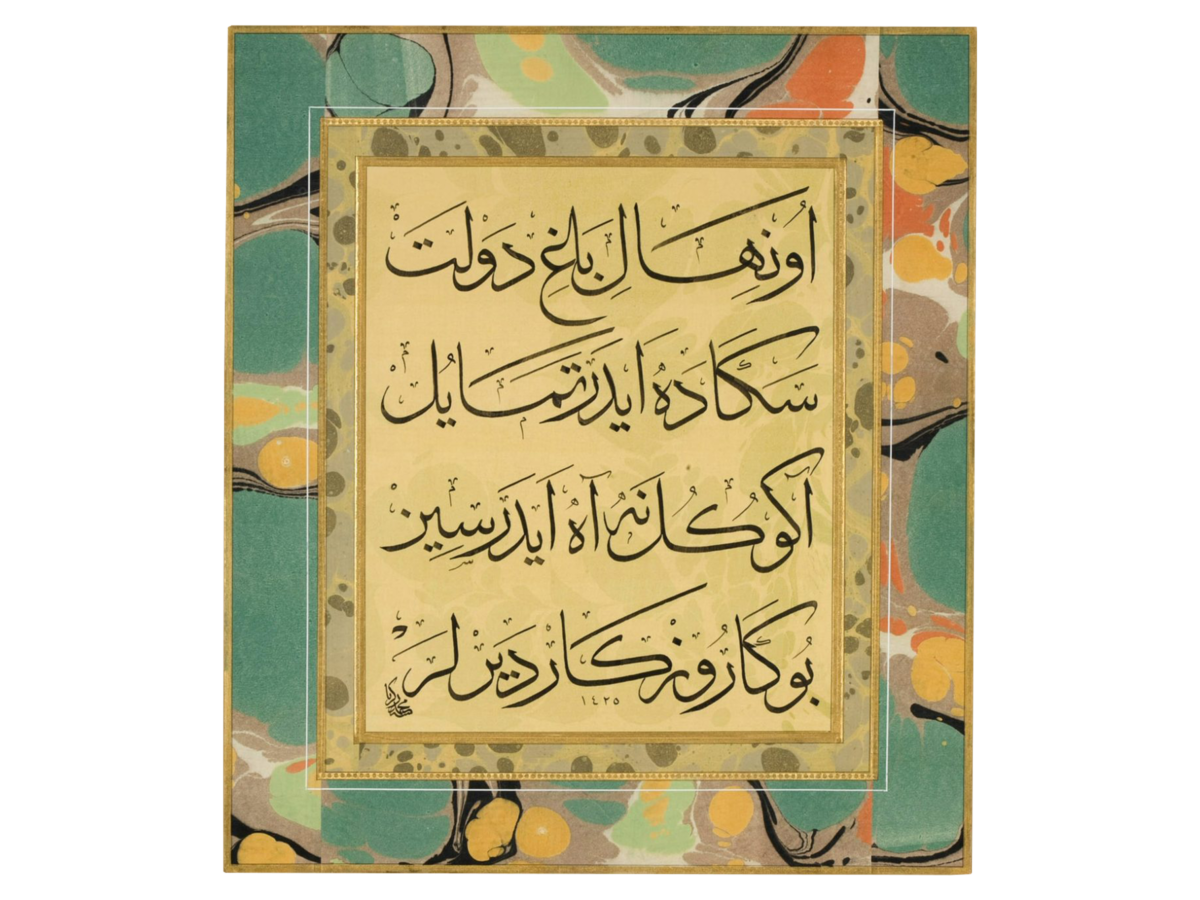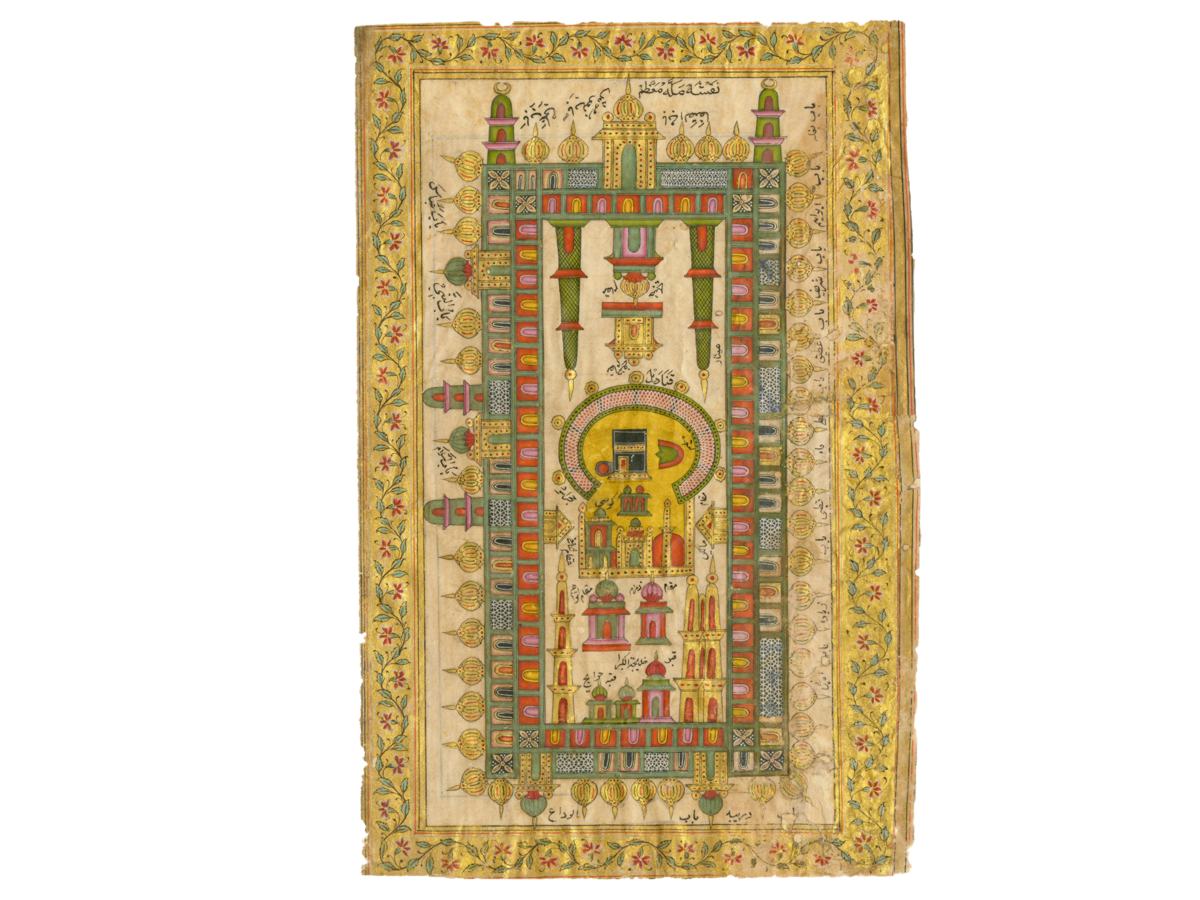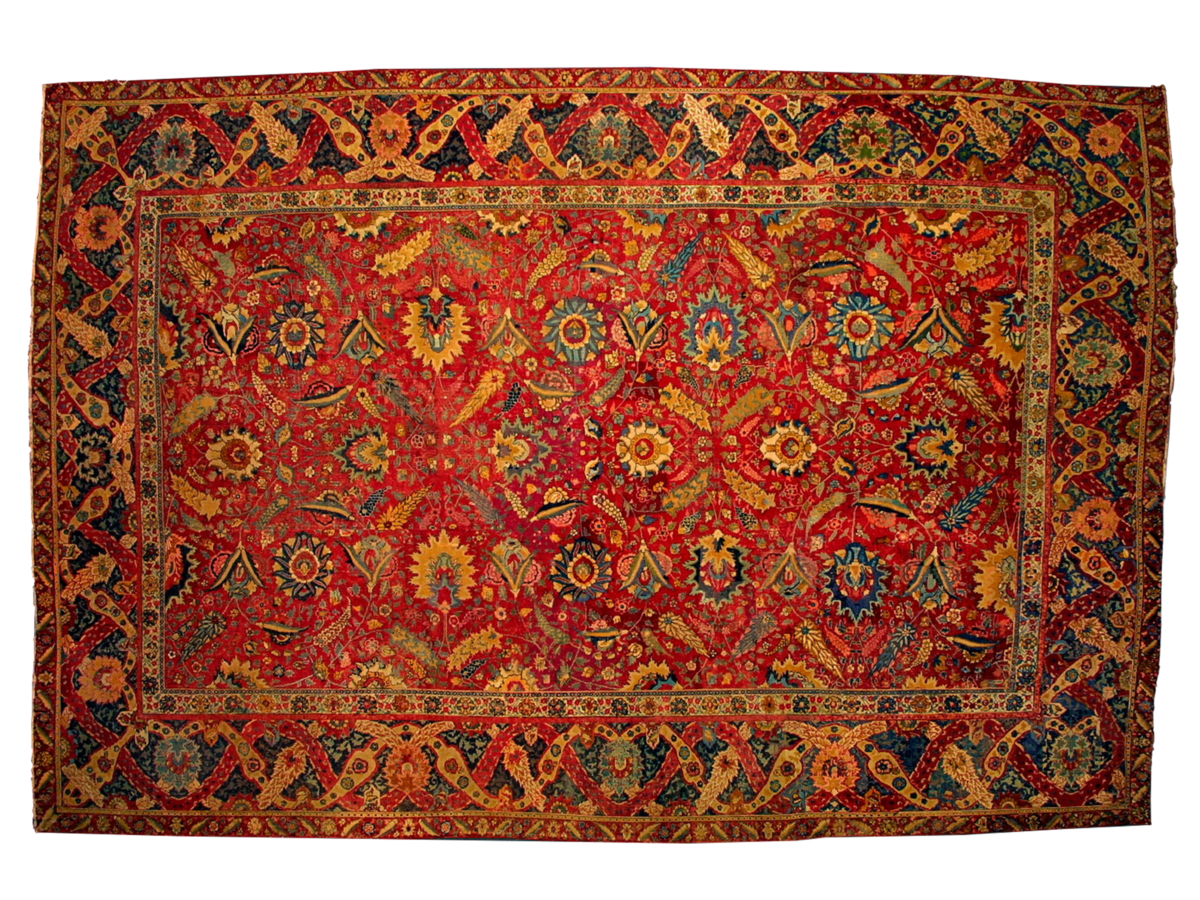Activity
Arts of the Islamic World

Click through the gallery to view examples of art of the Islamic world
Islam has been an important cultural force in much of Asia for more than 500 years, and in some parts for more than a thousand. Today, far more Muslims live in other parts of Asia than in the Arab areas of Asia such as Iraq, Saudi Arabia, and Syria.
Like people of other beliefs, many Muslims contend with issues of identity and the meaning and place of religion in their lives.
The Islamic world is and always has been more diverse and complex than most outsiders have thought. A Pakistani musician, an Iraqi farmer, and a Malaysian astronaut may have little in common; they are likely, however, to be conscious of being part of a worldwide community of Muslims.
Islam expanded quickly from its homeland in Arabia after the death of the prophet Muhammad in 632. Within 100 years, it had reached Iraq, Iran, Afghanistan, and Pakistan in the east, and Libya, Morocco, and southern Spain in the west. Sometimes Islam spread as Arab dynasties expanded, but more often populations embraced Islam after exposure to its tenets and culture through traders and teachers.
The visual arts play an important role in Muslim societies. In particular, architecture, calligraphy, painting, metalworking, textiles, and ceramics have reached heights of beauty and sophistication admired around the world. In all the areas Islam has spread, local artists have created art reflecting both this new faith and the pre-Islamic traditions of the region.
The term “Islamic art” as used in the West has sometimes been a source of confusion. While the terms “Buddhist art” and “Christian art” cover only religious art, “Islamic art” has been understood more broadly. According to the scholar Jonathan Bloom, the term covers “art not necessarily made by Muslims or for Muslim practice, but rather art made in societies where most people — or the most important people — were Muslims.”

